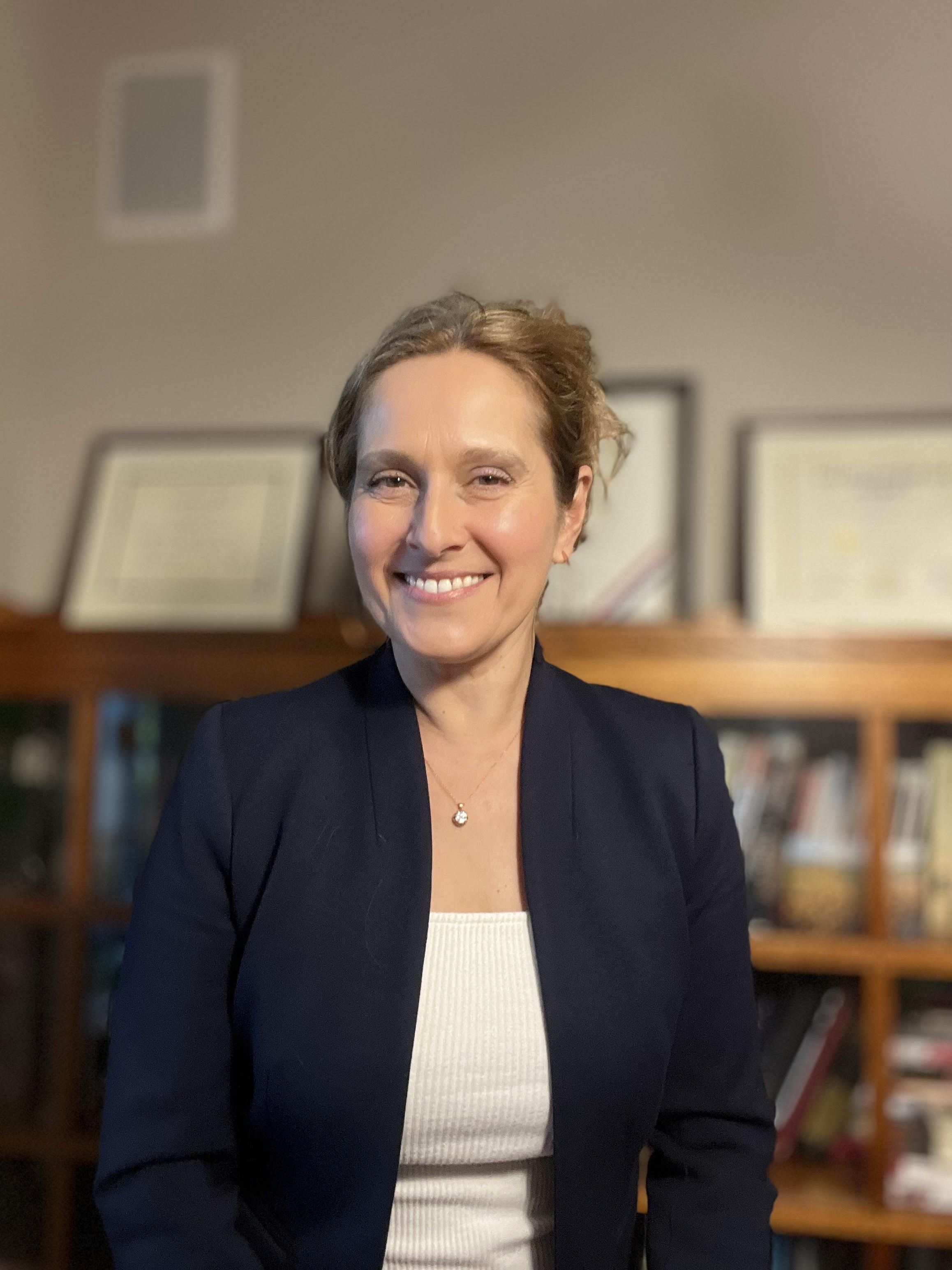Article
Researchers unveil optimal timing of HCV therapy in transplantation
Author(s):
A new study by Yale researchers reveals the optimal timing for hepatitis C virus therapy in patients eligible for a liver transplant.
A new study outlines the optimal timing for hepatitis C virus (HCV) therapy in patients eligible for liver transplantation.
Current all-oral direct-acting antiviral (DAA) therapies for HCV are associated with high rates of viral eradication, which in turn is associated with a reduced risk of liver cirrhosis, hepatic decompensation, need for liver transplantation and both liver-related and all-cause mortality.
“Treatment of all HCV patients regardless of fibrosis stage is cost-effective, despite the cost of oral DAA regimens. However, questions have remained regarding optimal timing of HCV treatment in patients with advanced cirrhosis since many of these patients still require liver transplant even if cured of underlying HCV infection,” lead author Joseph K. Lim, MD, associate professor of medicine at Yale University School of Medicine, told Medical Economics.
The study results were published in the November 2016 Alimentary Pharmacology & Therapeutics.
Lim and colleagues created a model to simulate the progression of a cohort of HCV-genotype 1 or 4 cirrhotic patients from the time of transplant listing until death. Then they used the model to study the cost-effectiveness of a combination of sofosbuvir/ledipasvir with ribavirin for 12 weeks, administered pre-liver transplant, post-liver transplant preemptively prior to HCV recurrence, or post-liver transplant after HCV recurrence.
“Our study provides evidence that it is cost-effective to pursue HCV treatment pre-transplant below a MELD (Model for End-stage Liver Disease) score of 25 (less advanced cirrhosis), but for those patients with MELD scores above 25 (more advanced cirrhosis), it may be more cost-effective to defer treatment until post-transplant,” said Lim. “This may provide valuable guidance in determining approaches to this challenging decision whether to pursue HCV treatment in context of advanced cirrhosis. This decision is ultimately left to individual patients and their hepatologist on a case-by-case basis.”
There is a perception that there is a "point of no return" beyond which viral eradication is unlikely to prevent the need for transplantation. “Even in this context, viral eradication is beneficial in markedly reducing the risk of post-transplant HCV recurrence, which is inevitable if a patient is HCV-positive pre-transplant, and therefore viral cure may extend graft survival,” he said.
The primary cost borne by patients with HCV cirrhosis is driven by hospitalizations related to complications of cirrhosis and care related to liver transplantation surgery. “Pre-transplant DAA therapy, which reduces hospitalizations and need for liver transplant, may significantly reduce healthcare utilization and cost,” said Lim.
Next: Question about timing remain
Questions still remain regarding the timing of DAA therapy in the context of transplantation.
“Our analysis was restricted to only the most commonly used regimen of sofosbuvir/ledipasvir in patients with genotypes 1 and 4 HCV, and therefore does not apply to patients with other genotypes, or other emerging treatment regimens,” said Lim. “Furthermore, cost assumptions were based on wholesale acquisition cost without consideration of payer discounts or anticipated decrease in real-world prices as future regimens become available.”
Lim added that primary care physicians need to know that “oral DAA therapies for hepatitis C are simple, well-tolerated, short in duration, and curative in more than 90% of patients. Taking active steps to screen and diagnose patients early before cirrhosis remains essential in blunting the burden of HCV in the U.S.”





